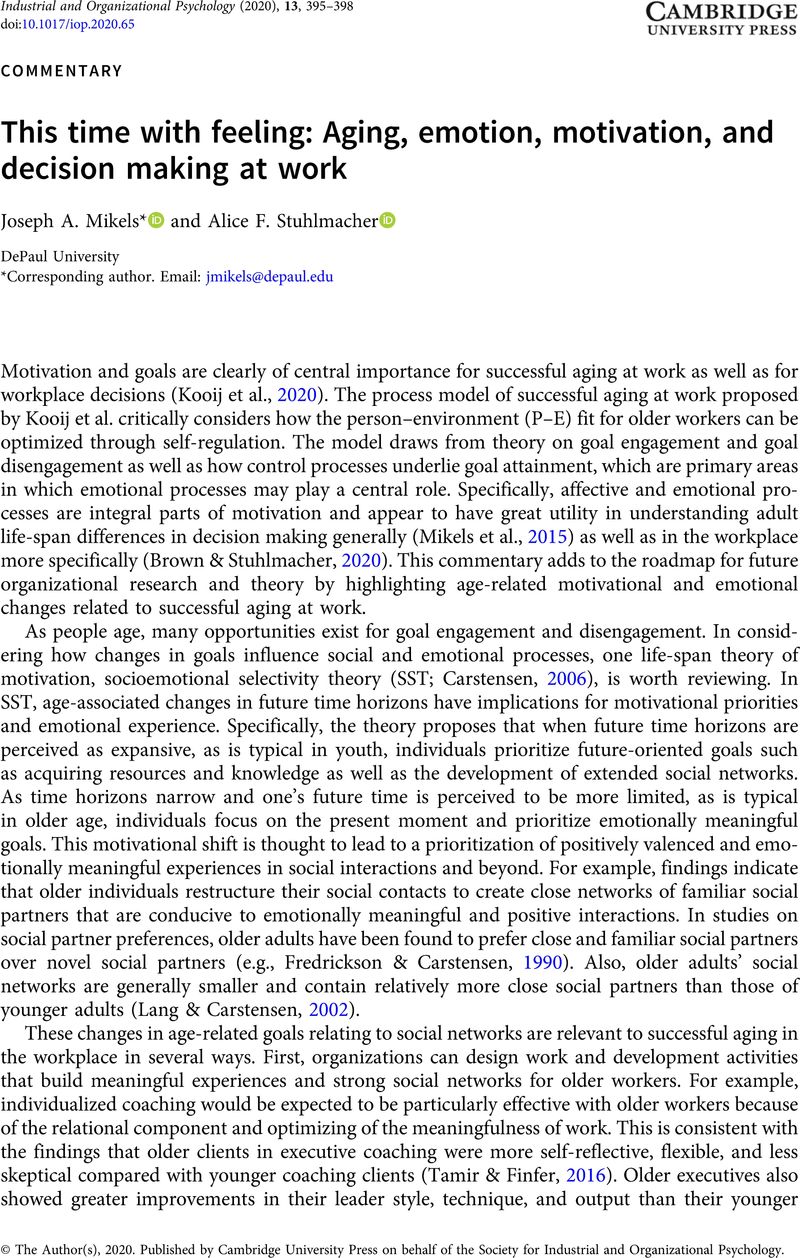Crossref Citations
This article has been cited by the following publications. This list is generated based on data provided by Crossref.
Rod, J.E.
King, Mark
and
Oviedo-Trespalacios, Oscar
2023.
The impact of perceived injury risk and psychosocial factors on walking equity.
Transportation Research Part D: Transport and Environment,
Vol. 116,
Issue. ,
p.
103590.
Oviedo-Trespalacios, Oscar
Peden, Amy E
Cole-Hunter, Thomas
Costantini, Arianna
Haghani, Milad
Rod, J.E.
Kelly, Sage
Torkamaan, Helma
Tariq, Amina
David Albert Newton, James
Gallagher, Timothy
Steinert, Steffen
Filtness, Ashleigh J.
and
Reniers, Genserik
2023.
The risks of using ChatGPT to obtain common safety-related information and advice.
Safety Science,
Vol. 167,
Issue. ,
p.
106244.
Alfeo, Federica
Lanciano, Tiziana
Abbatantuono, Chiara
Gintili, Giorgia
De Caro, Maria Fara
Curci, Antonietta
and
Taurisano, Paolo
2024.
Cognitive, Emotional, and Daily Functioning Domains Involved in Decision-Making among Patients with Mild Cognitive Impairment: A Systematic Review.
Brain Sciences,
Vol. 14,
Issue. 3,
p.
278.
Wild, Tess
Löckenhoff, Corinna E
and
Luchetti, Martina
2024.
Age Differences in Consulting Others During Decision Making.
The Journals of Gerontology, Series B: Psychological Sciences and Social Sciences,
Vol. 79,
Issue. 12,



